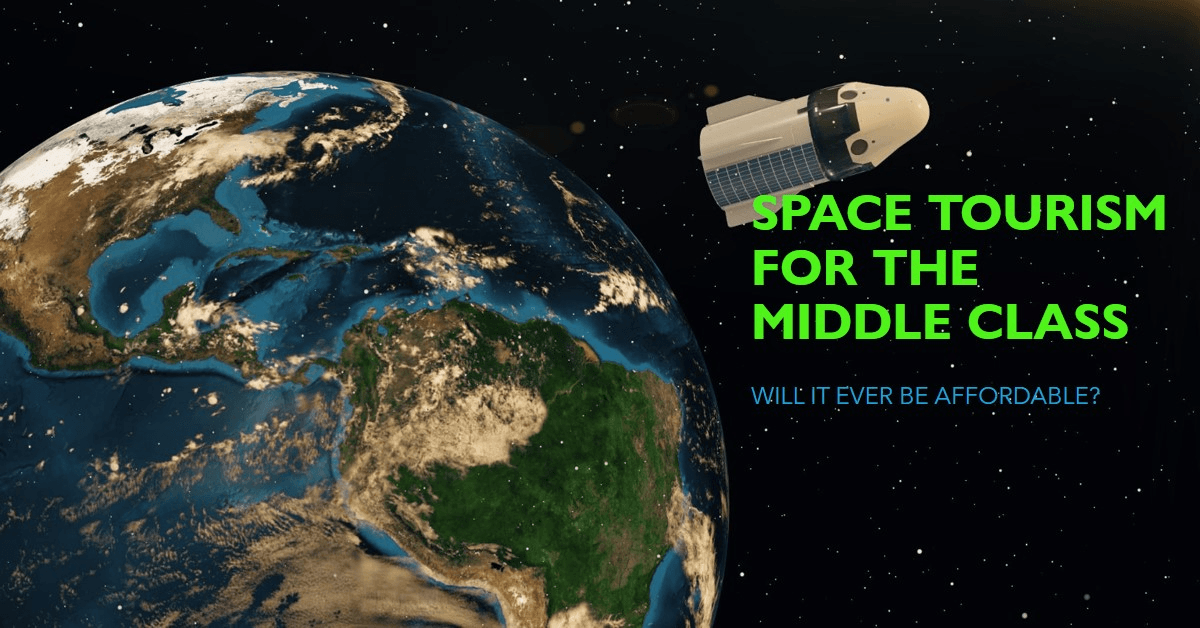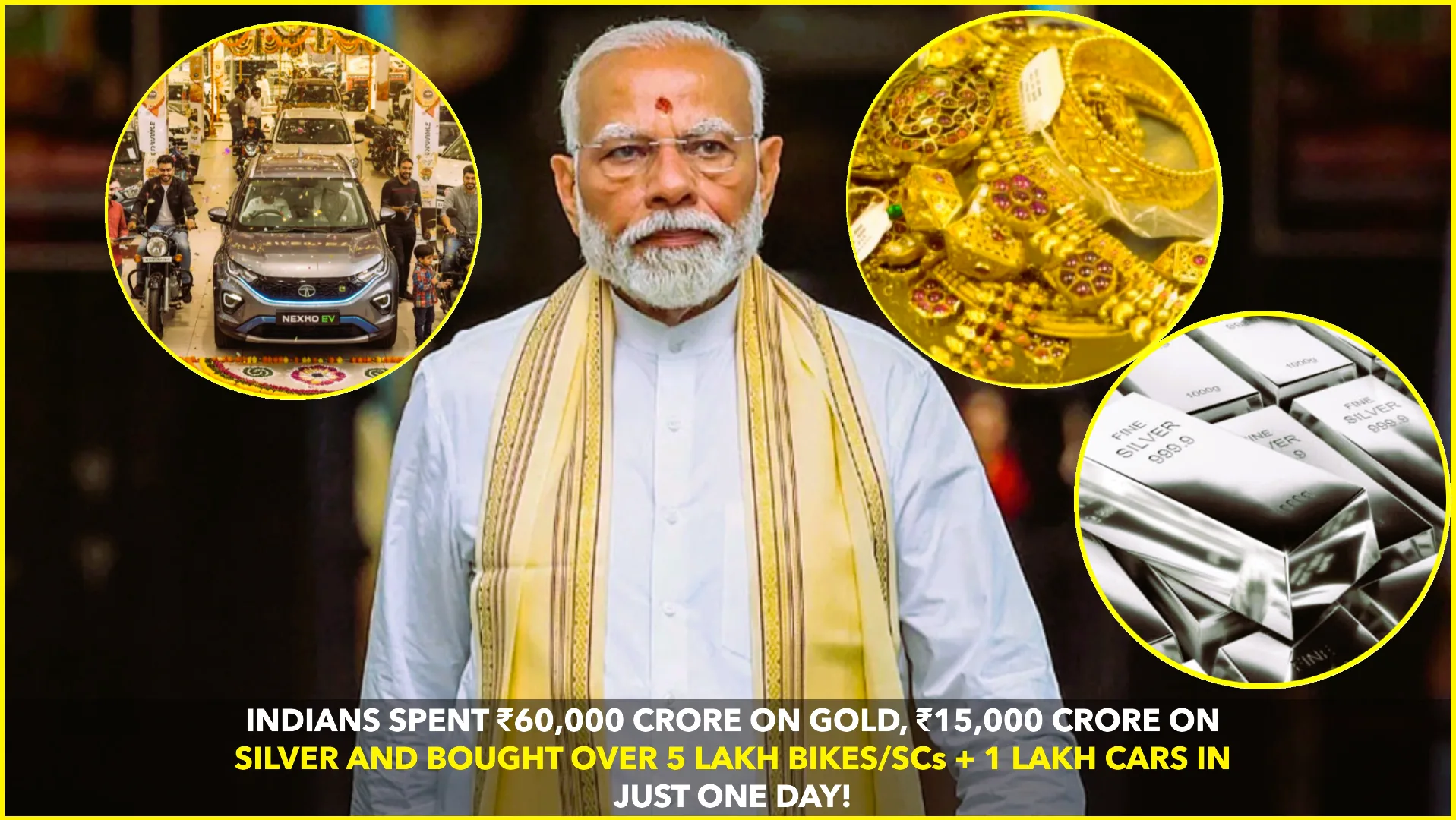The concept of space tourism has long been a dream of humanity, once relegated to the imaginations of sci-fi writers and visionaries. However, in recent years, companies like SpaceX, Blue Origin, and Virgin Galactic have taken significant steps toward making this dream a reality. While these companies have launched wealthy individuals and celebrities into the stars, the question remains: Will space tourism ever be affordable for the middle class?
This article delves into the current state of space tourism, the business models of major players, the cost breakdowns of space travel, and the future projections for middle-class affordability. Can ordinary people really expect to journey beyond Earth in the coming decades?
The Current Landscape of Space Tourism
As of today, space tourism is still largely a privilege reserved for the super-rich. Tickets for a short trip to the edge of space cost tens of millions of dollars, with some estimates ranging between $200,000 and $450,000 per seat, depending on the company and the mission.
In recent years, SpaceX, Blue Origin, and Virgin Galactic have been leading the charge in the space tourism industry:
- SpaceX: Founded by Elon Musk, SpaceX has revolutionized space travel with reusable rockets, significantly reducing costs. In 2021, SpaceX’s Inspiration4 mission sent an all-civilian crew to orbit, demonstrating that non-professional astronauts could experience space. However, the cost of such a mission is still far out of reach for most.
- Blue Origin: Founded by Jeff Bezos, Blue Origin focuses on suborbital flights, offering a few minutes of weightlessness. In 2021, Blue Origin made headlines when it sent both Bezos and actor William Shatner to the edge of space. Their New Shepard rocket is designed to make space tourism more accessible, but ticket prices are still in the six-figure range.
- Virgin Galactic: Led by Richard Branson, Virgin Galactic aims to provide suborbital spaceflights for tourists. With a focus on space entertainment, their flights last about 90 minutes, offering breathtaking views of Earth from space. While Virgin Galactic’s tickets are priced around $250,000, they have hinted at price reductions in the future.
Business Models and Revenue Streams in Space Tourism
The business models of these companies are built on three primary revenue streams:
1. Ticket Sales
The bulk of revenue comes from selling seats to space tourists. However, companies like SpaceX and Blue Origin are leveraging the concept of reusable rockets to drive down costs over time. Reusability is key to making space tourism economically viable, as it reduces the expense of manufacturing and launching rockets.
2. Partnerships with Governments and Research Institutions
In addition to private passengers, companies are working with NASA and other space agencies to send equipment and personnel to space. These partnerships provide steady revenue, helping to fund their tourism operations. SpaceX, for example, has been awarded numerous NASA contracts for missions to the International Space Station (ISS).
3. Space Stations and Orbital Hotels
Both SpaceX and Axiom Space are planning to launch private space stations in the future, which could serve as hotels for space tourists. These orbital hotels would provide longer-duration experiences, giving tourists the chance to stay in space for days or even weeks. While this concept is still in its early stages, it represents a potential revenue stream for space tourism companies looking to attract middle-class tourists.
The Cost Breakdown of Space Travel
To understand why space tourism remains so expensive, it’s important to look at the cost breakdown:
- Rocket Manufacturing and Launch: Building a rocket costs anywhere between $60 million and $400 million, depending on its size and complexity. However, reusable rockets are significantly driving down these costs, with SpaceX reusing its Falcon 9 rockets at a fraction of the original cost.
- Research and Development: Space tourism companies invest billions in research and development to ensure the safety and feasibility of spaceflights. These costs are passed on to passengers in the form of high ticket prices.
- Crew and Training: While civilians can now fly to space, extensive training is still required. Space tourists undergo weeks of training to prepare for the physical and mental challenges of space travel, which adds to the overall cost.
- Insurance and Safety: Space tourism companies must invest heavily in insurance and safety protocols. The risks of space travel are much higher than those of traditional air travel, and ensuring the safety of passengers comes with a hefty price tag.
Future Projections: When Can the Middle Class Go to Space?
The big question is whether space tourism will ever become affordable for the middle class. While ticket prices are currently prohibitively high, several trends suggest that costs may come down over time:
1. Increased Competition
As more companies enter the space tourism industry, competition is expected to drive down prices. For example, SpaceX’s advancements in reusable rockets have already slashed the cost of launches, and companies like Rocket Lab are working on smaller, more affordable launch vehicles. This competitive environment could eventually lead to more affordable spaceflights for tourists.
2. Technological Advancements
Just as commercial aviation became more affordable over the decades, advancements in space technology will likely reduce the cost of space travel. Improvements in rocket reusability, fuel efficiency, and spacecraft materials could bring prices down to a level that is accessible to the middle class.
3. Mass Market Approach
Companies like Virgin Galactic are already working toward making space tourism more affordable. Richard Branson has hinted that prices could fall to as low as $50,000 per seat in the coming years, thanks to economies of scale. While this is still out of reach for most, it represents a significant drop from current prices and a step toward making space tourism accessible to a broader audience.
4. Orbital Tourism and Space Stations
The development of private space stations and orbital hotels could provide more affordable, long-duration space experiences. By creating more opportunities for tourists to spend time in space, companies can spread costs across a larger number of passengers, potentially lowering prices.
Is Space Tourism a Realistic Dream for the Middle Class?
While the idea of space tourism for the middle class may seem far-fetched today, history shows that new technologies often start as luxuries for the elite before becoming more accessible. Commercial air travel, for example, was once a luxury only the wealthy could afford. Over time, technological advancements and increased competition brought prices down, allowing the middle class to fly across the globe.
The same could hold true for space tourism. With continued investment in reusable rockets, increased competition, and advances in space travel technology, space tourism could become affordable for middle-class families within the next two to three decades.
Final Thoughts: The Journey to Space for All
Space tourism is at an exciting yet early stage of development. As companies like SpaceX, Blue Origin, and Virgin Galactic work to make space travel more efficient and affordable, the dream of space tourism for the middle class edges closer to reality. While it’s unlikely that the average person will be able to afford a ticket to space in the next five years, the trends are promising. In the meantime, space enthusiasts can stay informed by following advancements in space technology and developments in space tourism industries.
For more on emerging trends and the future of technology, check out our latest articles on renewable energy trends and AI’s impact on creative industries.
External links:
- SpaceX Inspiration4: Learn more about SpaceX’s all-civilian mission
- Blue Origin New Shepard: Details on Blue Origin’s suborbital spaceflights
Space tourism may seem like a distant dream, but the countdown has already begun!










